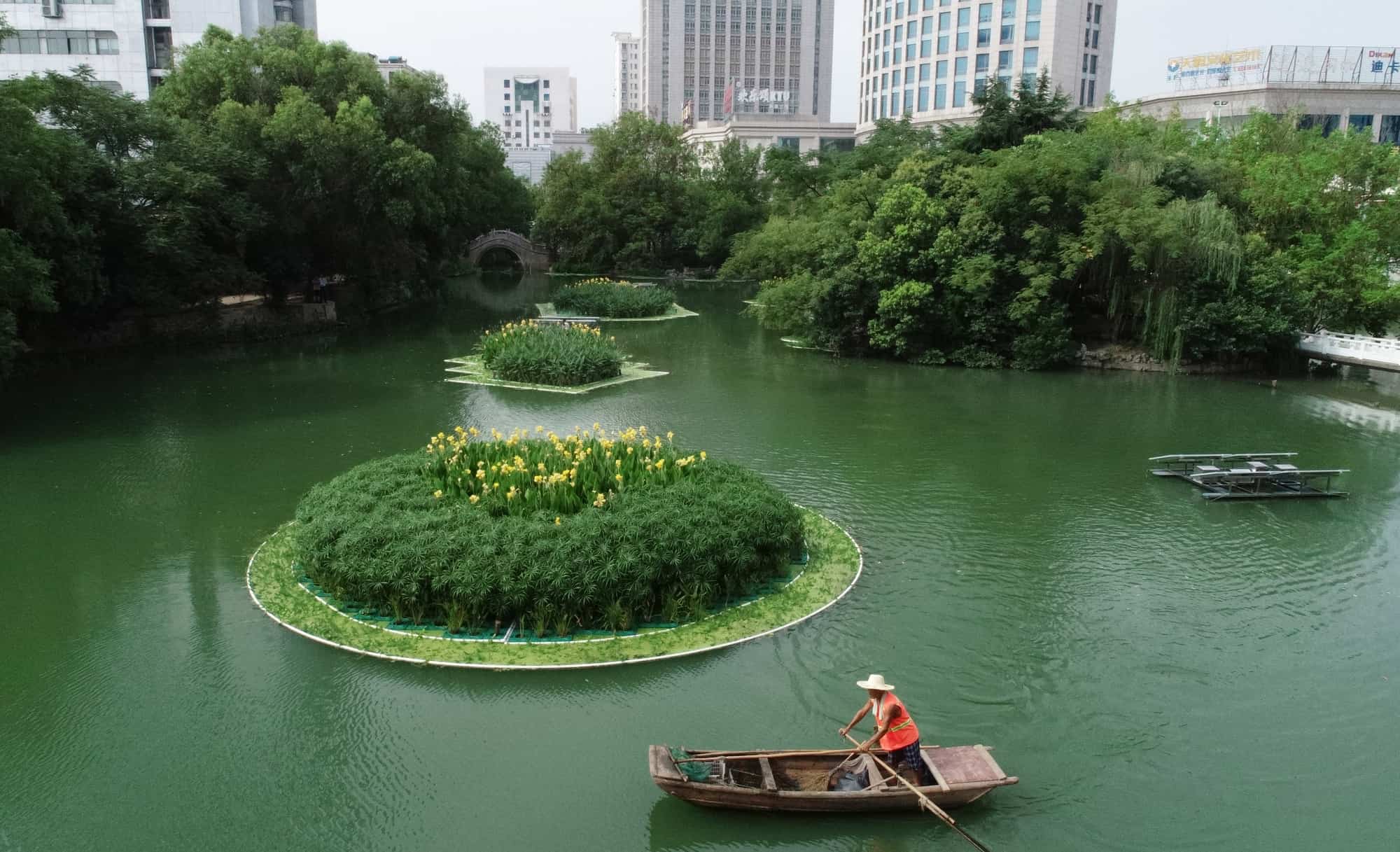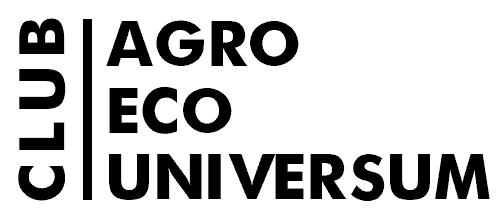Cleaning soil and water by planting makes a profit

Phytoremediation can be commercially viable when considering plant growth characteristics
Phytoremediation is a method of treating wastewater, soil and other media using plants that, during growth and development, remove pollutants or convert them into non-hazardous substances. Despite many advantages, this method of purification from pollutants is expensive, which can be unjustifiable commercially, and requires subsidies.
It is noteworthy that economic evaluation of the effectiveness of various new or specific technologies often requires involvement of professionals in a narrow field, such as botany, soil science, ecology. This is primarily due to the fact that scientists and specialists in these areas are aware of special nuances regarding the functioning of ecological systems, which can greatly refine the assessment of the economic efficiency of technologies and open up new financial opportunities.
A similar example can be a new look at phytoremediation: planting technology can lead to the cleaning of not only soil and water, but also the atmosphere, which is usually not taken into account. As you know, all plants are absorbers of carbon dioxide (CO2) from the atmosphere – which is especially important in relation to global warming, since CO2 is the most abundant greenhouse gas.
This paper includes economic assessment of carbon dioxide absorption from the atmosphere during phytoremediation. The cost of carbon was accepted 20€ per ton in accordance with the European Commission requirements.
The calculation of the amount of carbon dioxide absorbed was calculated based on the predicted phytomass of the studied plants in terms of carbon dioxide. The amount of carbon dioxide that will be emitted during the cultivation of plants (burning fuel, producing fertilizers and pesticides, etc.) was subtracted from this value.

Phytoremediation for water treatment
It is shown clearly that the external benefit of CO2 abatement when using phytoremediation crops for land management is undeniable, with values ranging between 55€ and 501€ per hectare. It should be noted that the resulting benefit varies so significantly due to various factors: the type of fuel used (conventional or biogas), plant growth rate, plant species and the possibility of their further use (for the production of materials or energy production), etc.
The possibility of carbon dioxide absorption by plants as they grow and further ways of its transformation (into energy or products) significantly increase the economic efficiency of phytoremediation measures. A comprehensive look at environmental economics is necessary for a professional assessment of its effectiveness.
Full Text:
Witters N. et al. Phytoremediation, a sustainable remediation technology? II: Economic assessment of CO2 abatement through the use of phytoremediation crops for renewable energy production//Biomass and bioenergy. – 2012. – V. 39. – P. 470-477.
https://www.sciencedirect.com/science/article/pii/S0961953411006052
